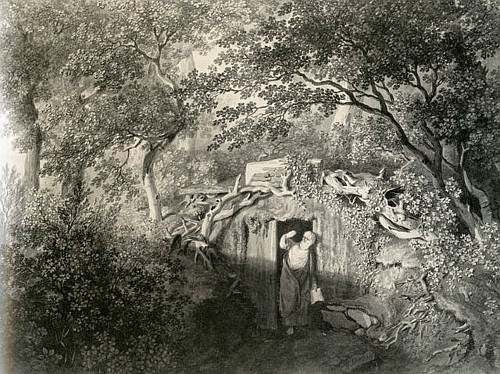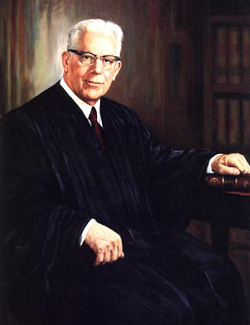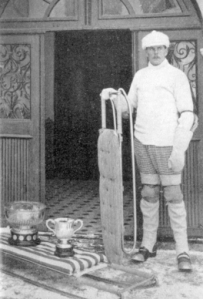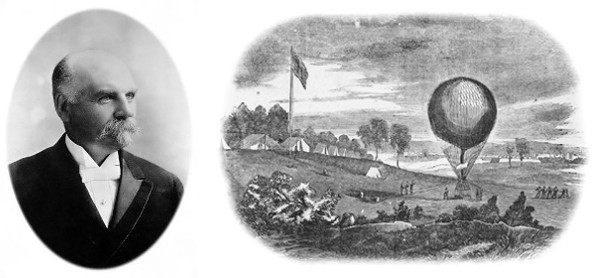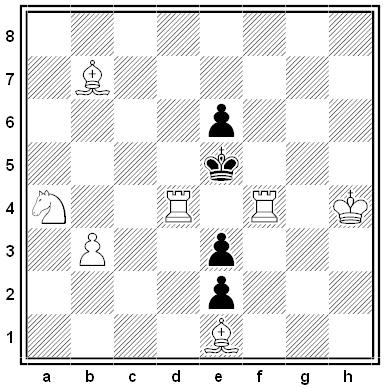
syntomy
n. brevity, conciseness
First published in January 1981, NASA Reference Publication 1059, “Space Transportation System and Associated Payloads: Glossary, Acronyms, and Abbreviations,” is a list of “compressed identifiers of systems or structures felt too long and cumbersome to be christened in the normal fashion.”
Among the entries are BX, for box, FLG, for flag, and FLP, for flap.
In Words (1983), Paul Dickson writes, “One is hard-pressed to think of a situation in which an abbreviation that saves only one letter actually saves time and causes less confusion.”

